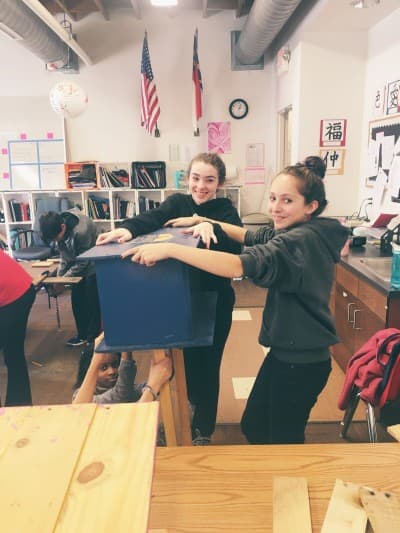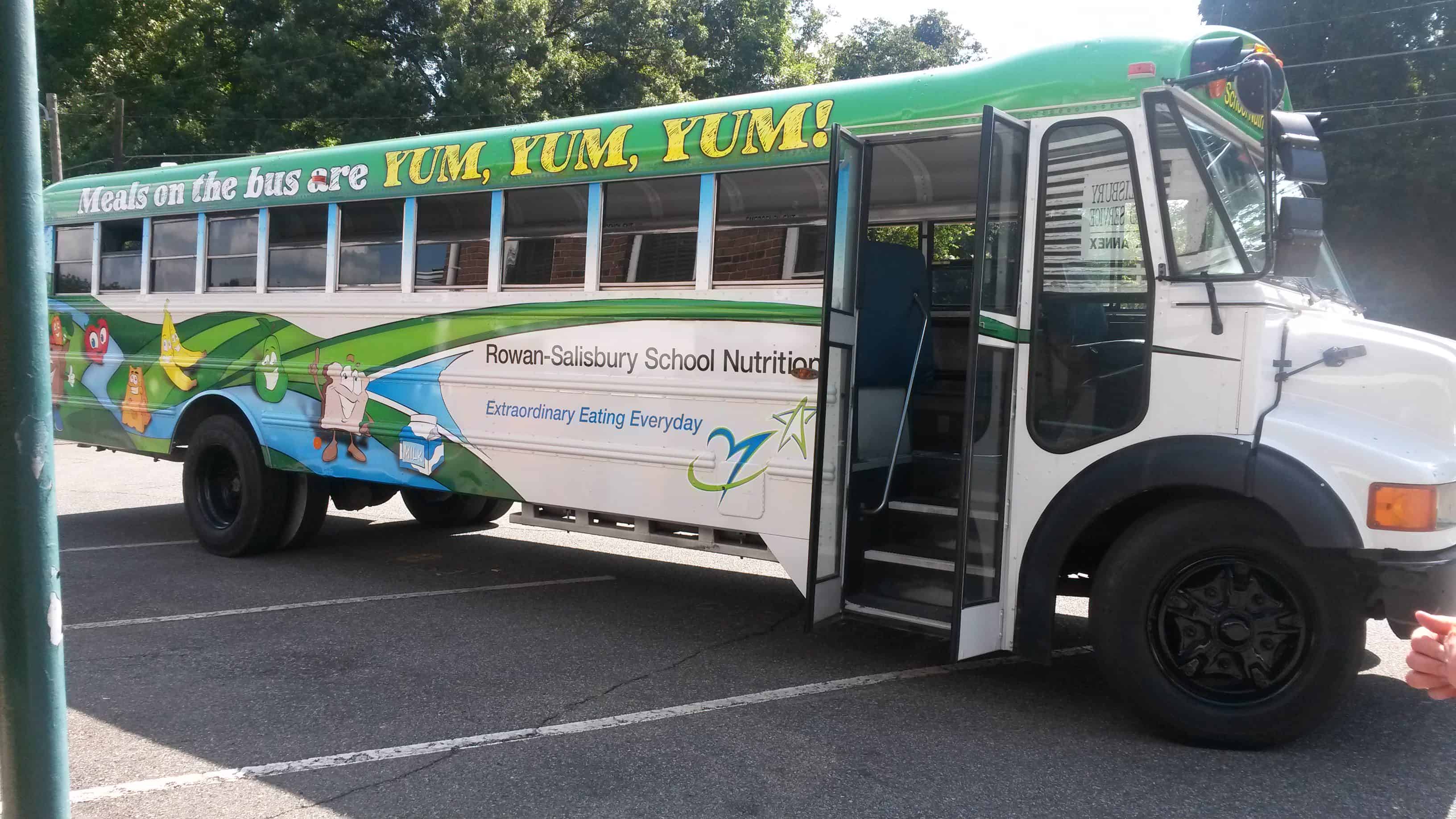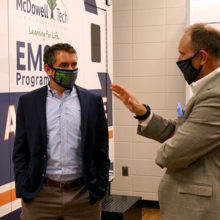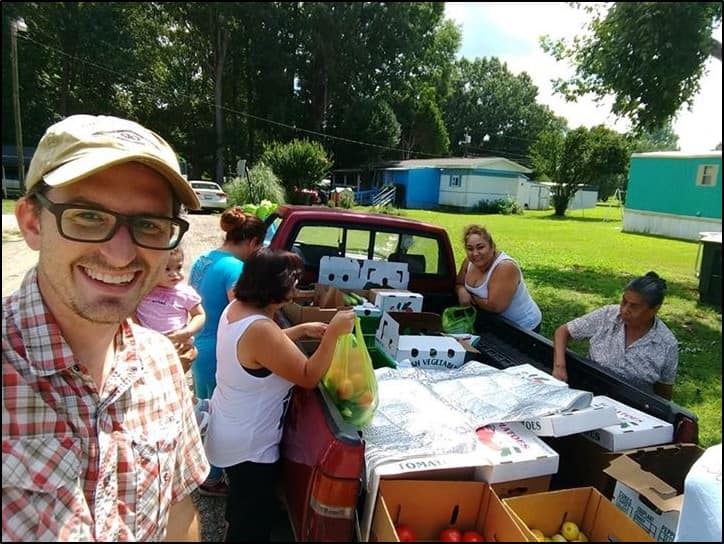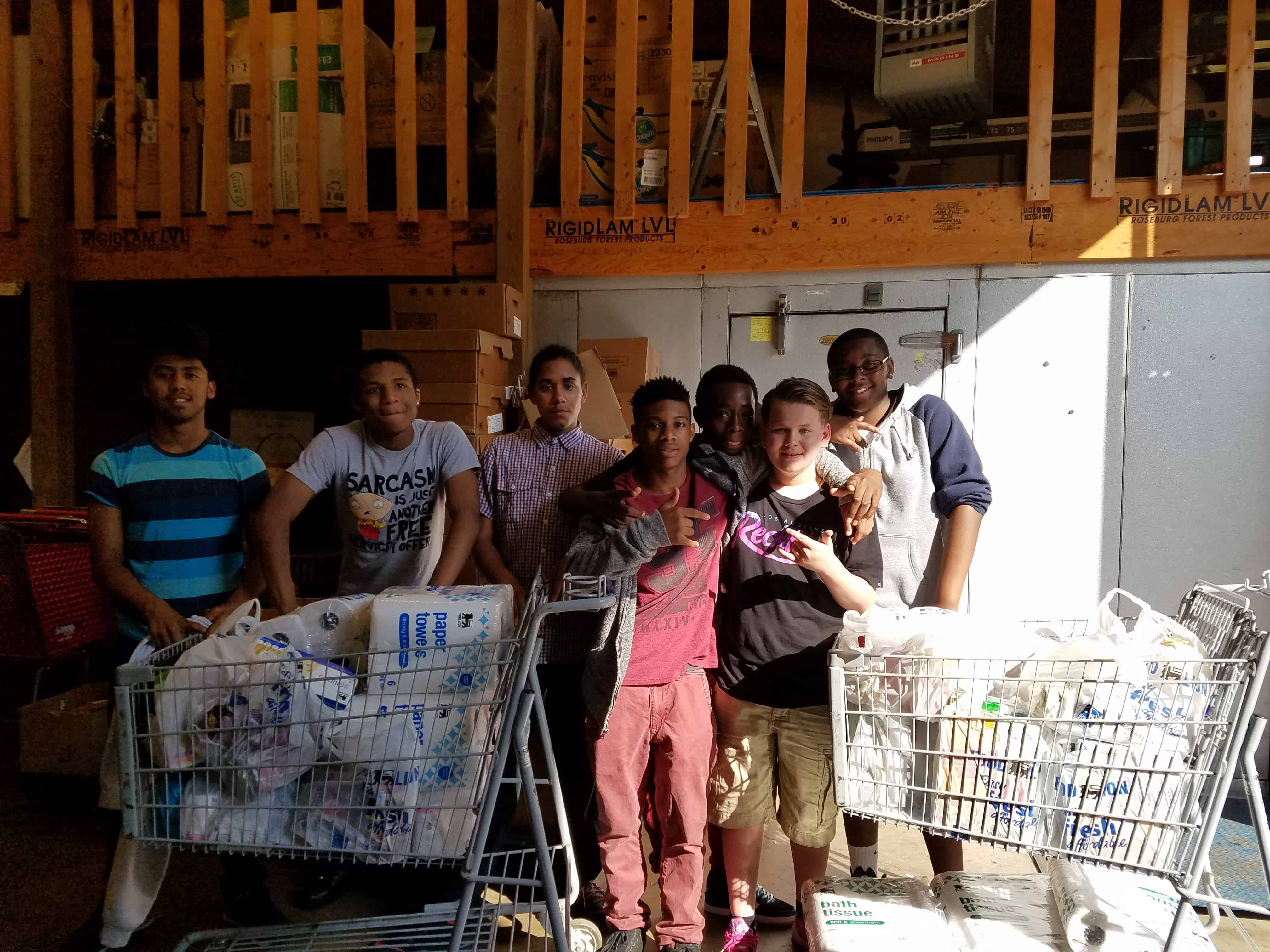This week, my Facebook news feed was full of folks snapping photos of their kids as they went off for the first day of school.
Each of those kids was representative of the over 1.5 million children who are in our schools, the overwhelming majority of whom were returning to school this week.
A sad reality is that while few, if any, of the children on my particular Facebook feed were eager to go to school so that they could eat, more than one in four North Carolina children face food insecurity year round. With more than half of our students eligible for free and reduced-price lunch, the number of children who may have had empty bellies at times this summer may have drifted even higher.
School districts across the state are working to combat this challenge ranging from Jim Keaten and Durham Public Schools, who have won widespread recognition for their innovative work, to Rowan-Salisbury Schools (RSS), who have shown us the power of thinking outside of the box.
No Kid Hungry North Carolina works tirelessly to highlight this issue. Both they and the Department of Public Instruction (DPI) are making sure that more school districts, schools, nonprofits, and faith-based organizations understand the need to work together, while managing occasionally confusing paperwork, and ultimately how to feed more kids over the summer.
Last fall I had the opportunity to work alongside DPI, No Kid Hungry NC, and others at Summerpalooza — a program aimed at nutrition directors and community stakeholders who want to step up the effort to combat childhood hunger. This experience, which included us utilizing a Gathering for Good model to drive the conversation around collaboration forward, led me to meet the folks involved with Rowan-Salisbury Schools nutrition program.
Meredith Honeycutt, who works in the Child Nutrition Program for RSS, and I caught up in recent weeks to discuss the gains that they have made in summer meals despite the challenges.
Honeycutt identified transportation as one of the largest barriers that face those attempting to manage summer meals. Many of the students most in need of a meal lack reliable transportation within their families, according to Honeycutt, which meant that RSS had to figure out how to take the food to them directly.
The process to take the food on the road began by finding wheels. Meredith, her colleague Lisa Altmann, and others within the RSS Child Nutrition Department sought out funding and support to obtain and renovate a bus to carry the meals to the students.
They found a bus about to be retired and sold by the school system. The School Nutrition Maintenance Department gutted the interior of the bus, the Piedmont Correctional Center provided inmates to repaint the bus, they would then received a grant through Arby’s and Share our Strength for $3,000.00 to retrofit the bus which they put to use by hiring Richard Childress Racing’s Graphic Production Department to wrap the bus with a design hand sketched by an employee. Then the Yum Yum Bus hit the road. This year a local philanthropist even wrote them a check for $14,000 to add air conditioning.
The next step in the process was listening. The Child Nutrition Department asked the local principals for recommendations of areas with high concentrations of kids who might need service. As Meredith said, “The principals know the areas around their schools and the children that live in them better than anyone.”
The listening extended to the community, which Meredith credits for an increase in meals being served. “We served a lot of new sites and new programs this year as a result of folks who learned of the program and wanted to join. For example, we served a camp at Livingstone College in Salisbury in July. The camp was called ‘FACT,’ which stands for Families and Communities Together. We served 880 lunches in a week to those children. And I still meet people that don’t know about our program, which shows how much progress we can still make.”
And RSS did something novel — they listened to the children, which led to them serving far more hot meals. Meals that are served at room temperature, or cold, are easier to serve often times, but RSS monitored the fact that the children they were serving preferred hot meals.
The final numbers for 2016 are still being calculated, but — with four buses on the road now, new stops on the mobile meal routes to serve USDA Multi-Family Housing, and a partnership with the Rowan Public Library to distribute both food and books — they have already exceeded the numbers served for last year.
Up until the very end of the summer meals program, the Child Nutrition Program continued to innovate, including a partnership with the Salisbury-Rowan Farmers Market and Bread Riot to distribute 300 pounds of produce to families on the final day of the mobile meal delivery. Honeycutt noted, “This produce could possibly help these families make it until school starts to help feed their children. I’ve never seen children so excited over tomatoes and cucumbers!”
They hope to continue the partnership next summer with weekly produce delivery if they can gain additional financial support for the program.
The spirit of Honeycutt and her colleagues is infectious for all of us who have met them. They exhibit the “can do” spirit that is needed to face down the very real challenges of feeding hungry students over the course of the summer.
When I am asked to share lessons that I have learned through the work of EdNC, I always tell folks that despite all of our challenges as a state, we have the solutions within us. People across the state are doing remarkable work to find a better way forward for our students, and as a state, we must challenge ourselves to build the public will and support for changemakers like Meredith Honeycutt and everyone within the Rowan-Salisbury Child Nutrition Program so that their solutions can scale.
Additional resources:
- Check out the meal locator that Rowan-Salisbury Schools used to spread the word about summer meal sites: http://rss.nutrislice.com/meal-locations/
- For more information on USDA Multi-Family Housing, consider this resource: http://www.rd.usda.gov/programs-services/all-programs/multi-family-housing-programs
- No Kid Hungry NC offers a number of resources for districts and other organizations: https://www.nokidhungry.org/
- Our Carolina Food Summit on September 28 and 29 will explore additional issues around food and hunger in North Carolina: http://carolinafoodsummit.com/
Recommended reading
